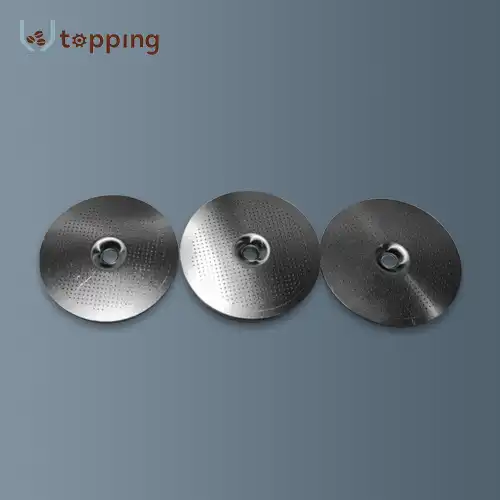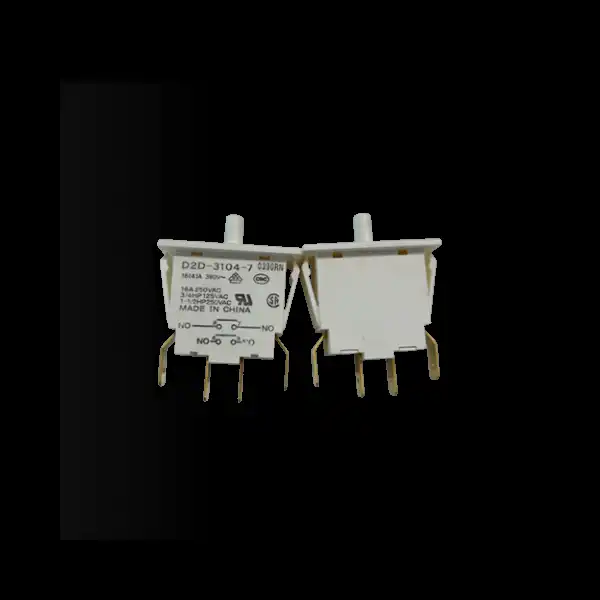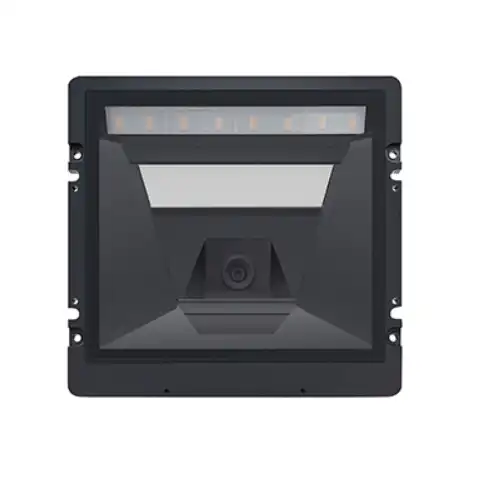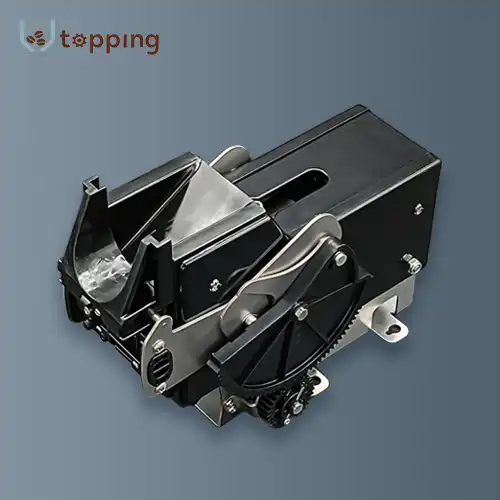What is the difference between a valve coffee machine and a regular coffee machine?
2024-10-11 14:38:56
Coffee machines have come a long way since their inception, with various types catering to different preferences and brewing styles. Among these, valve coffee machines stand out as a sophisticated option for coffee enthusiasts. This article explores the key differences between valve coffee machines and regular coffee machines, focusing on brewing method, coffee strength, milk frothing capabilities, and overall complexity.
Brewing Method
The most significant difference between valve coffee machines and regular coffee machines lies in their brewing methods. Regular coffee machines, which include drip coffee makers, French presses, and basic espresso machines, typically use a single, consistent pressure throughout the brewing process. For instance, a standard espresso machine maintains a constant pressure of about 9 bars during extraction.
In contrast, valve coffee machines, also known as pressure profiling espresso machines, allow for dynamic control of pressure throughout the brewing cycle. This is achieved through a sophisticated valve system that can adjust water pressure in real-time. The ability to manipulate pressure during extraction opens up a world of possibilities for flavor development.
The brewing process in a valve coffee machine typically involves several stages:
1.Pre-infusion: Low-pressure water is introduced to the coffee puck, allowing it to expand and saturate evenly.
2.Pressure ramp-up: The machine gradually increases pressure, often mimicking the pressure profile of lever espresso machines.
3.Extraction phase: During this main phase, pressure can be dynamically adjusted to emphasize different flavor compounds.
4.Pressure decline: Towards the end of the shot, pressure is often gradually reduced to prevent over-extraction.
This level of control allows skilled baristas to tailor the extraction process to specific coffee beans or desired flavor profiles. For example, a gentler start can enhance acidity and brightness, while a pressure increase mid-shot can boost body and intensity.
Regular coffee machines, while capable of producing excellent coffee, lack this level of customization. Their brewing process is more straightforward and consistent, which can be an advantage for users who prefer simplicity and reliability.

Coffee Strength
The control over brewing parameters offered by valve coffee machines can significantly impact coffee strength and flavor complexity. By manipulating pressure profiles, it's possible to achieve a wider range of flavor notes and intensities from the same coffee beans.
For instance, a longer pre-infusion at low pressure can lead to a more even extraction, potentially resulting in a sweeter, more balanced espresso. Conversely, a rapid ramp-up to high pressure followed by a gradual decline might produce a more intense, full-bodied shot.
Regular coffee machines, while capable of producing strong coffee, generally offer less flexibility in fine-tuning strength and flavor profiles. The strength of coffee from a regular machine is typically adjusted by changing the coffee-to-water ratio or grind size, rather than manipulating the extraction process itself.
It's worth noting that the potential for greater flavor complexity in valve machines comes with a trade-off. It requires more skill and understanding to consistently achieve desired results, whereas regular machines often provide more predictable outcomes with less user input.
Milk Frothing
When it comes to milk frothing capabilities, both valve coffee machines and high-end regular espresso machines can produce excellent results. However, there are some differences in how they approach this task.
Many valve coffee machines, being at the higher end of the market, come equipped with powerful steam wands and advanced temperature control systems. Some models even offer programmable milk texturing, allowing users to set specific temperatures and textures for different drinks.
Regular espresso machines, particularly in the prosumer and commercial categories, also often feature robust milk frothing capabilities. However, they may not offer the same level of programmability or precision as top-tier valve machines.
It's important to note that milk frothing capability is not inherently tied to whether a machine uses pressure profiling. Many regular espresso machines can produce cafe-quality microfoam. The main advantage of valve machines in this area is often the additional control and automation features that come with their generally higher price point.
Complexity
Valve coffee machines are significantly more complex than regular coffee machines, both in terms of their internal mechanisms and their operation. This complexity brings both advantages and challenges.
On the hardware side, valve machines incorporate sophisticated pumps, valves, and control systems to enable pressure profiling. They often feature advanced electronics, including touchscreen interfaces and precise sensors for monitoring pressure, flow rate, and temperature. This complexity allows for greater control but also means there are more components that could potentially require maintenance or repair.
From an operational standpoint, valve machines offer a much wider range of adjustable parameters. Users can create and save custom pressure profiles, adjust flow rates, and fine-tune pre-infusion settings. While this level of control can lead to exceptional results in the hands of a skilled operator, it also presents a steeper learning curve.
Regular coffee machines, by comparison, are generally simpler in both construction and operation. A basic drip coffee maker or French press requires minimal technical knowledge to use effectively. Even traditional espresso machines, while more complex than drip makers, typically have fewer adjustable parameters than valve machines.
This simplicity in regular machines can be an advantage for many users. They're often more approachable for beginners, require less maintenance, and can still produce excellent coffee when used correctly. However, they don't offer the same potential for experimentation and fine-tuning that valve machines provide.
Valve Coffee Machine manufacturers
With a global presence, Topping Motor has been supplying these crucial parts to customers across several continents, including North America, Europe, Australia, and Asia. Their client base spans countries such as the United States, Canada, Germany, India, Italy, and South Africa, demonstrating the international demand for high-quality coffee machine components.
For businesses or individuals looking for reliable valve manufacturers for coffee machines, Topping Motor can be contacted at sales@huan-tai.org Their decade of experience in producing precision components for coffee machines makes them a noteworthy player in the valve coffee machine supply chain.
References:
1.Rao, S. (2017). The Professional Barista's Handbook: An Expert Guide to Preparing Espresso, Coffee, and Tea. Scott Rao.
2.Hoffmann, J. (2018). The World Atlas of Coffee: From Beans to Brewing - Coffees Explored, Explained and Enjoyed. Mitchell Beazley.
3.Hendon, C. H., Colonna-Dashwood, L., & Colonna-Dashwood, M. (2014). The role of dissolved cations in coffee extraction. Journal of Agricultural and Food Chemistry, 62(21), 4947-4950.
4.La Marzocco USA. (n.d.). Strada EP.
5.Decent Espresso. (n.d.). DE1PRO.
6.Slayer Espresso. (n.d.). Single Group.
Send Inquiry
Related Industry Knowledge
- Inside a Vending: What are the Different Parts of a Machine?
- What Role Does Boiler Material Play in Coffee Taste?
- How Often Should You Replace Coffee Vending Machine Spare Parts?
- Is Noise Reduction Important in Coffee Machine Mixer Design?
- What are the advantages of the Vending Machine Spiral Motor?
- What Factors Influence Coffee Quality Through Ingredient Canisters?
- What Factors Influence the Selection of Mixing Systems for Vending Machines?
- What is the difference between a valve coffee machine and a regular coffee machine?
- Vending machine board repair service
- How does the valve coffee machine work

.webp)




.webp)



